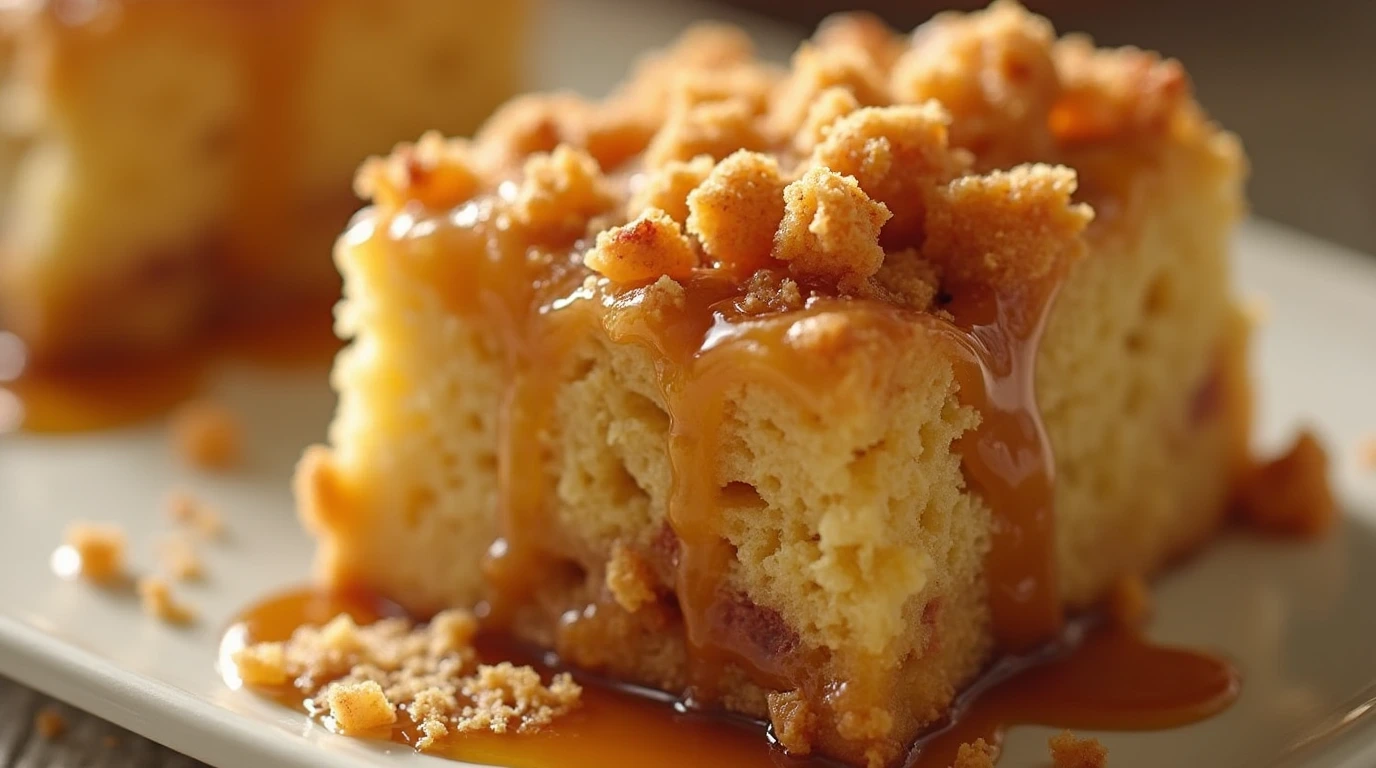From Bread and Crumbs: A Quick Guide to Perfecting Your Baking
Table of Contents
There’s something special about the warm scent of freshly baked bread filling your kitchen, connecting you to a rich tradition of craftsmanship and comfort. As you slice through a loaf, you may not think twice about the crumbs that scatter across your counter. However, these seemingly insignificant bits hold immense potential in your baking journey, from enhancing your recipes to making the most of leftovers. Whether you’re a novice baker or an experienced home cook, understanding the role of bread and crumbs can elevate your creations in ways you might not expect. In this guide, you’ll explore everything you need to know—from the basic bread-making process to transforming crumbs into delightful new dishes. Get ready to embrace both Loaf and Crumbs in a whole new way!
Understanding the Art of Bread and Crumbs
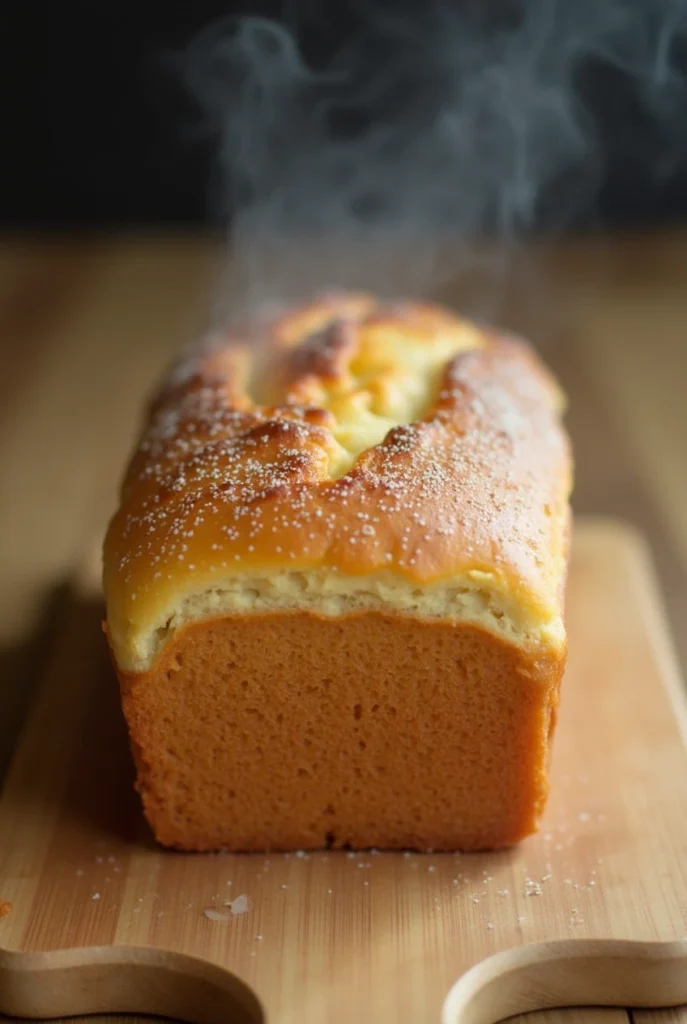
The Basics of Bread – What Makes it Special?
At the core of every great loaf of bread are a few simple ingredients: flour, yeast, water, and salt. While these may seem like basic components, they combine in a remarkable way to create something that transcends its simplicity. The beauty of bread lies in its versatility and ability to adapt to countless variations, each offering unique textures and flavors.
Types of Bread
The variety of bread is as vast as it is delightful. Some of the most popular types of bread you’ll encounter include:
- Sourdough: Known for its tangy flavor and chewy texture, sourdough is made through a natural fermentation process, giving it both a unique taste and a longer shelf life.
- Brioche: This rich, buttery bread is perfect for breakfast or desserts. Its soft, fluffy texture is ideal for sweet or savory applications.
- Whole Wheat: Made with whole wheat flour, this bread offers a denser, nuttier flavor and is considered a healthier option due to its higher fiber content.
- Ciabatta: With its signature airy crumb and crispy crust, ciabatta is often used for making sandwiches and has become a favorite among Italian bread lovers.
Basic Ingredients
While the flour and yeast are essential, the water and salt play key roles in creating the right dough texture. Water activates the yeast, while salt controls fermentation and adds flavor. The ratio of these ingredients will directly influence the final texture of your bread, including how airy or dense your crumb will be.
Bread Making Process
Creating a perfect loaf of bread involves a few key steps:
- Mixing the Dough: Combine the flour, yeast, and salt, and then slowly add the water until the dough begins to come together.
- Kneading the Dough: Kneading helps develop the gluten, which gives bread its structure and chewy texture.
- Proofing the Dough: Allow the dough to rest and rise for about an hour, giving it time to ferment and develop flavor.
- Baking the Bread: After shaping, the dough is baked in the oven, where the heat transforms it into a golden, crusty loaf.
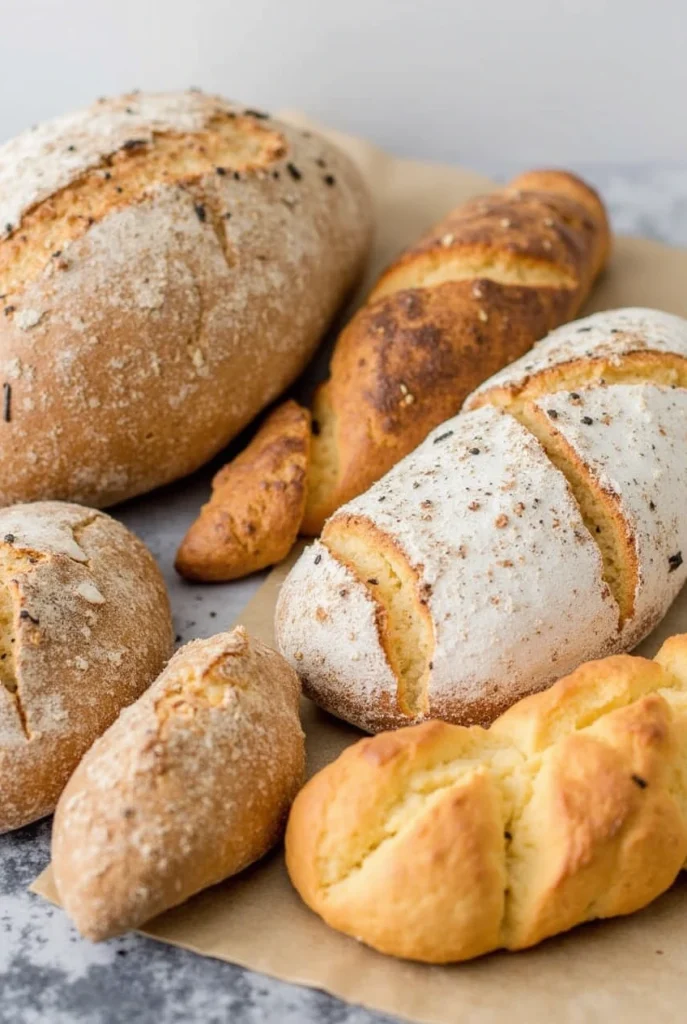
The Importance of Crumbs – More Than Just Leftovers
Now, let’s talk about those crumbs. They often get swept away without a second thought, but these tiny fragments are more than just the result of slicing your bread. Crumbs are a vital part of the bread-making process and have multiple uses in cooking, baking, and even as a flavor enhancer.
What Are Crumbs?
Crumbs are the small pieces that break off when you slice into bread. The texture of the crumbs can vary depending on the type of bread and how it was made. A light, airy loaf will produce soft, small crumbs, while a denser bread will yield larger, more substantial crumbs.
How Crumbs Form
Crumbs form as the dough undergoes proofing and baking. During the fermentation process, gases produced by yeast get trapped in the dough, creating bubbles. When the dough bakes, these bubbles expand, resulting in the characteristic holes in the crumb structure. Factors like hydration (how much water you add to the dough), kneading time, and oven temperature all contribute to the size and texture of your crumbs.
Ways to Use Crumbs
Crumbs shouldn’t be discarded! They’re an incredibly versatile ingredient. Here are a few inventive ways to put them to good use: Ways to Use Crumbs
Crumbs shouldn’t be discarded! They’re an incredibly versatile ingredient. Here are some creative ways to use them:
- Breadcrumbs for Coating: Crumbs are excellent for coating chicken, fish, or vegetables before frying or baking. They provide a satisfying crunch and can be flavored with herbs and spices.
- Toppings for Casseroles: Sprinkling breadcrumbs on top of a casserole or baked pasta adds a crispy, golden finish.
- Bread Pudding: Leftover bread crumbs make an excellent base for a delicious, comforting bread pudding. Add some sugar, eggs, and spices, and you’ve got yourself a dessert to remember.
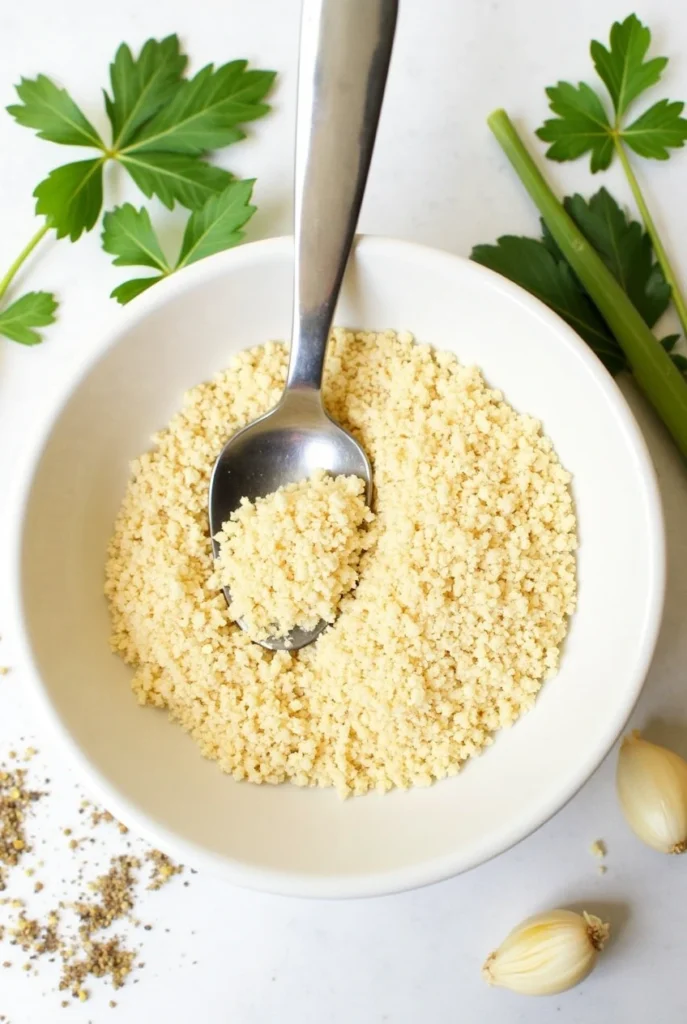
Tips for Perfecting Your Bread and Crumbs
Now that you understand the basics, here are some expert tips to help you create bread with a perfect crumb and make the most of your crumbs:
- Choose the Right Flour
The flour you use will significantly impact the final texture of your bread. Bread flour, with its higher protein content, creates a chewy, airy crumb. If you want a denser loaf, opt for whole wheat or rye flour. - Use the Right Yeast
Yeast primarily comes in two types: active dry yeast and instant yeast. Active dry yeast needs to be activated in warm water before use, while instant yeast can be mixed directly with dry ingredients. Choose whichever works best for your recipe. - Knead the Dough Properly
Proper kneading is essential for creating a well-structured loaf. Work the dough for 8-10 minutes until it feels smooth and stretchy. If you under-knead, your bread may be dense; over-kneading can lead to a tough texture. - Let the Dough Rest
Allow your dough to rest during proofing. Resting gives the gluten time to relax, resulting in a softer, more pliable dough. For best results, let it rise in a warm, draft-free area. - Watch Your Baking Temperature
Baking at a high temperature will give your bread a crispy crust, but be sure to bake it long enough for the inside to cook through. An oven thermometer is your best friend here to ensure that your bread bakes evenly.

Transforming Leftover Crumbs into New Recipes
Don’t let those leftover bread crumbs go to waste! There are many ways to use them creatively in your cooking.
- Homemade Breadcrumbs: If you have stale bread, turn it into fresh breadcrumbs. Simply dry the bread in the oven and then pulse it in a food processor. You can keep the crumbs plain or season them with herbs and spices.
- Crumb Toppings: For added texture, sprinkle breadcrumbs on casseroles, soups, or baked vegetables. You can also mix them with cheese for a savory topping.
- Crumb-Crusted Dishes: Breadcrumbs can be used to coat meats or vegetables before frying. Add some Parmesan cheese, garlic powder, and herbs for extra flavor.
The Perfect Bread Recipe (with Ingredients Table)
Now that you’ve learned the basics, let’s dive into a simple recipe for making your loaf of bread. This straightforward recipe yields a soft, fluffy bread that you can enjoy on its own or use to create other delicious dishes.
| Ingredient | Amount |
|---|---|
| All-purpose flour | 3 cups |
| Active dry yeast | 1 packet |
| Salt | 1 tsp |
| Water | 1 ¼ cups |
| Olive oil | 2 tbsp |
- Combine Dry Ingredients
Combine the flour, yeast, and salt in a large bowl. - Add Wet Ingredients
Gradually pour the water and olive oil into the dry ingredients. Stir until a dough forms. - Knead the Dough
Turn the dough onto a floured surface and knead for 8-10 minutes, until it’s smooth and elastic. - Let the Dough Rise
Put the dough in a lightly oiled bowl and cover it with a damp cloth. Allow it to rise in a warm place for 1 hour, or until it has doubled in size. - Shape and Bake
Deflate the dough gently and shape it into a loaf. Place it on a greased baking sheet and bake at 375°F for 25-30 minutes or until the bread is golden brown.
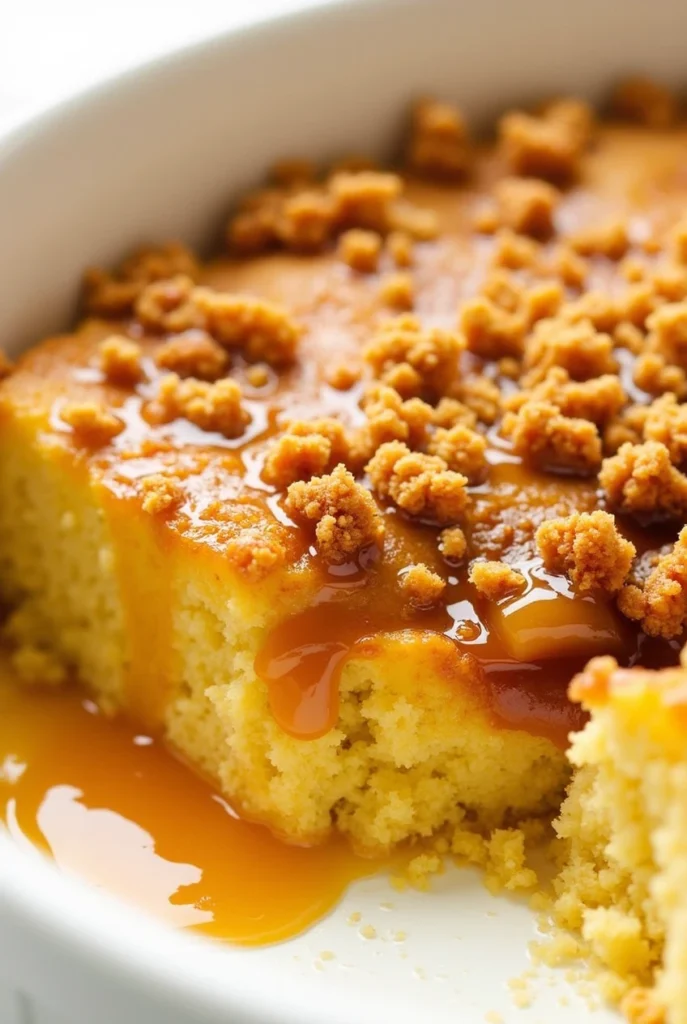
Troubleshooting Common Bread and Crumb Problems
Even experienced bakers run into problems now and then. Here’s how to troubleshoot some common bread and crumb issues:
- Dense Bread: If your bread turns out dense, it may be due to under-kneading, using too much flour, or not allowing enough time for proofing. Be sure to follow the recipe instructions and give the dough ample time to rise.
- Dry or Crumbly Crumbs: Crumbs that are too dry may result from over-baking the bread or not allowing it to cool properly before using the crumbs. Ensure that the bread cools completely to retain moisture.
- Bread Sticking to the Pan: Lightly oil the baking pan or use parchment paper to prevent sticking.
Conclusion: Embrace the Bread and Crumbs in Your Kitchen
From the satisfying process of kneading dough to the endless possibilities for repurposing crumbs, the world of bread-making is full of creativity and flavor. By understanding the role of both bread and crumbs, you can improve your baking skills and reduce waste, all while enjoying delicious, homemade creations. So next time you’re baking, remember that every loaf and every crumb matters.
FAQ Section: From Bread and Crumbs – Everything You Need to Know
Q: How can I make my bread fluffier?
A: To make your bread fluffier, ensure you’re using bread flour, properly kneading the dough, and allowing enough time for proofing.
Q: Can I use regular breadcrumbs in a recipe that calls for panko?
A: Yes, you can use regular breadcrumbs as a substitute for panko, though panko may offer a lighter, crunchier texture.
Q: What should I do if my bread is too hard?
A: If your bread turns out too hard, it may be due to overbaking. Try lowering the temperature and baking for a shorter time next time.
Did You Try Our Recipe?
There are no reviews yet. Be the first one to write one.

